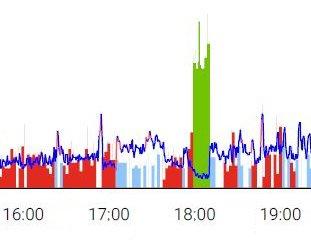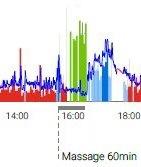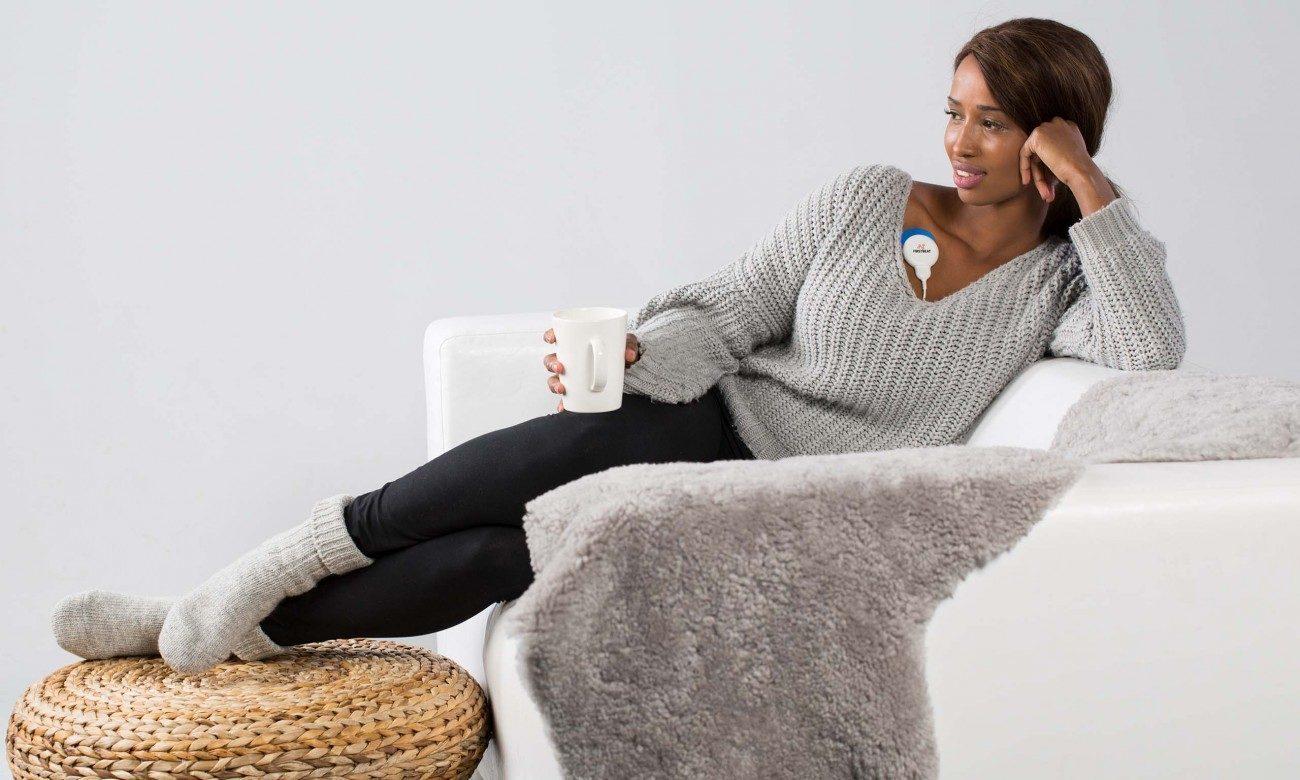
In some of my blogs I’ve discussed the personal lessons that Firstbeat Lifestyle Assessment reports have taught me over the years: exercise in the evening delays my sleep recovery significantly and alcohol has a huge effect on the quality of my sleep. As many of the readers know, these rank as the two most common ruiners of recovery that people discover in their Firstbeat assessment results. I’ve also seen the harsh effects of jetlag, learned that grocery shopping is a stressful activity for me (that’s what husbands are for…), and realized that watching football, even “calmly” on the couch, is a form of positive stress (my heart beats fast and my body is in an excited state). At the same time, I have also gained some evidence that a moment of calm in the midst of a busy day can switch my body’s otherwise sympathetically charged state to a parasympathetic state that shows up in the assessment report as a green bar.
The last few years have been busy, with a lot of new stuff at work and a fair amount of tight schedules, travel and various normal challenges of life, and I’ve sometimes struggled with keeping things in balance and getting enough recovery and good sleep. 50+ years of “life experience” does not exactly help; we can of course wish to get wiser, but our bodies cannot stand as much as when they were younger; it’s a bummer, but a fact of life. I’ve had to consciously learn to slow down at times and put what I as a Wellness Specialist preach to my clients, to practice. Here are a few insights from my recent field testing.
One of our Lifestyle Assessment statements is that we don’t need to eliminate stress, but ensure sufficient recovery. The goal of life – or of a good day – is not to gather as much recovery as possible! Sometimes the day can simply be filled with events and things to do, and even if none of it is negative, it might show up in the assessment report as stress. Below my example called a good Saturday: no physiological recovery during the day, but good exercise (Nordic skiing, my favorite) going to the movies (enjoyable, relaxing, but also exciting) and dinner with family, followed by a good 8-hour sleep. I considered it a fun, balanced day. The green segment before bedtime is one of the lessons I’ve learned to pay attention to: slowing down towards bedtime rather than keeping busy really helps the body get ready for sleep. Especially important for the challenged sleepers!
However, even positive stress consumes our resources, and in the long run, there is a lot of value in recovering enough – finding time in the daily grind to slow down and take a few deep breaths. Even literally – as the graph below shows. The segment evening at home was measured after work, with chores, weekly house cleaning and playing with a colleague’s baby. It was a task-filled night, showing up in the report as stress (red) or light physical activity (light blue). But I decided to take a conscious break, lay down for 20 minutes and practice some deep breathing, the benefits of which have got a lot of press lately in wellness literature. I ended up falling asleep for a few minutes, and the physiological reaction was very obvious: heart rate dropped (blue graph) and the graph changed to green recovery state. When looking at heart rate variability during this time, it was noticeably elevated from the level of the rest of the day. A clear sign of parasympathetic activation kicking in and the body recharging. Personally, I don’t need or want to have a monitor on every time to confirm this, but documenting it was a great reminder and validation that short breaks like that don’t just feel good mentally, they also serve a physiological purpose – and we should make time for them when it’s possible and when the body screams for a little timeout.
Another new message that I’m trying to take to heart is the value of massage. My stiff muscles love it, and it’s a real hour of luxury for me, but in general I’ve always been too busy, too cheap or too unorganized to find time for it. Now, in the name of science, I’ve had a back-shoulder-neck massage with pressure point treatment twice during the last 2 months, worn the Bodyguard monitor to document what happens to me, and both times, my red stress graph switched to green during the 2nd half of the massage, whether it was in the middle of the work day or at the end of it, as the example below shows. My goal now is to allow myself this hour of luxury once a month or so. Again, I don’t feel that I need to monitor it all the time, but I guess the techie and scientist in me had to see the evidence before really believing it… 🙂
These are just a few small examples of the kinds of things that I have learned personally – and that people are learning all the time as a result of their Lifestyle Assessment results. It’s not rocket science, but sometimes seeing it visually is just the nudge or kick in the butt that we need to take better care of ourselves. Different things work for different people – and it can be an interesting journey to discover what works for you in finding a good balance between doing and resting. And sometimes quite a small thing can make the difference between feeling overwhelmed versus coping well and having fun with it.
Do you want to know what works best for your recovery?
You might also be interested in
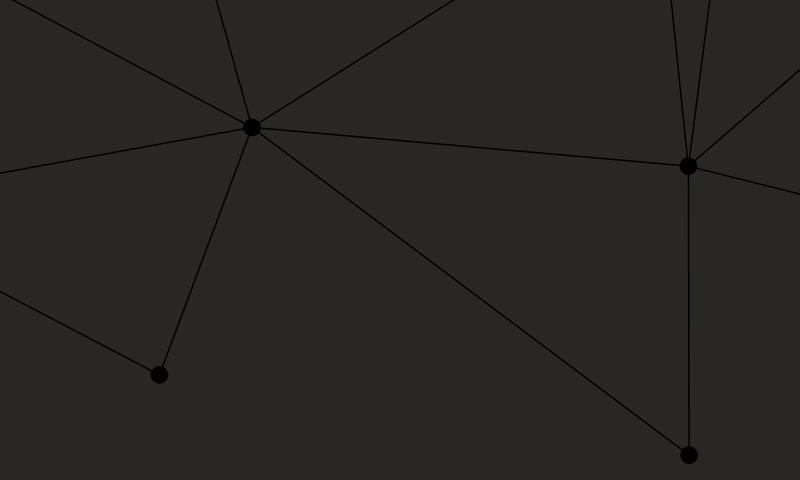

The Big Picture of Wellness – Stress Management, Good Sleep and Nutrition Go Hand in Hand
Weight management and healthy eating are issues that wellness professionals face every day with their clients.
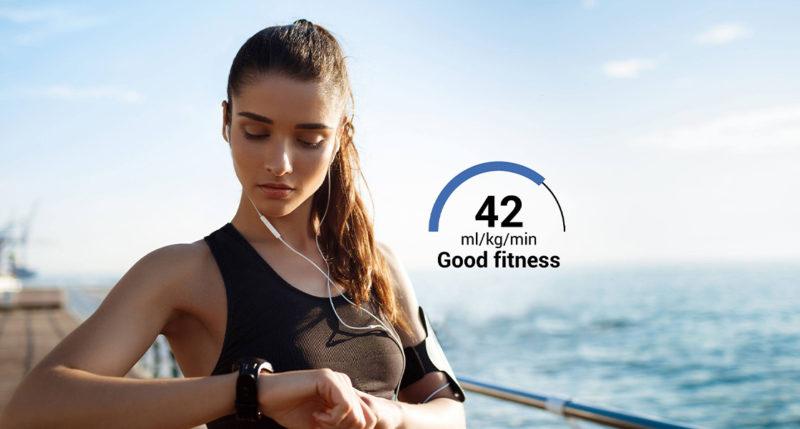
Answering the Fitness Question with Science
When it comes to your health and fitness, it’s easy to ask the wrong questions. “Am I fit?” is one of these questions that just creates problems. Thinking about your fitness in terms of VO2max is the easiest way to get started.


